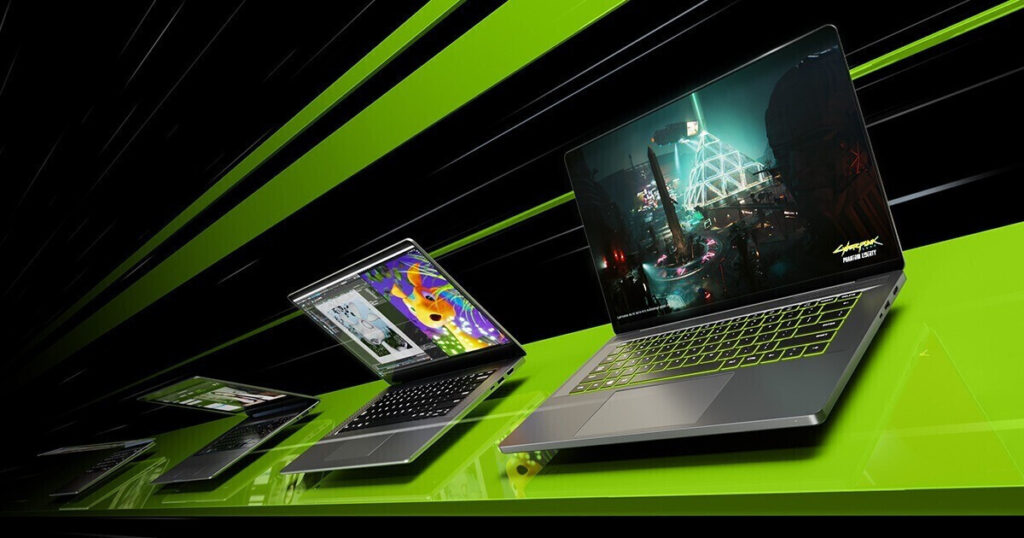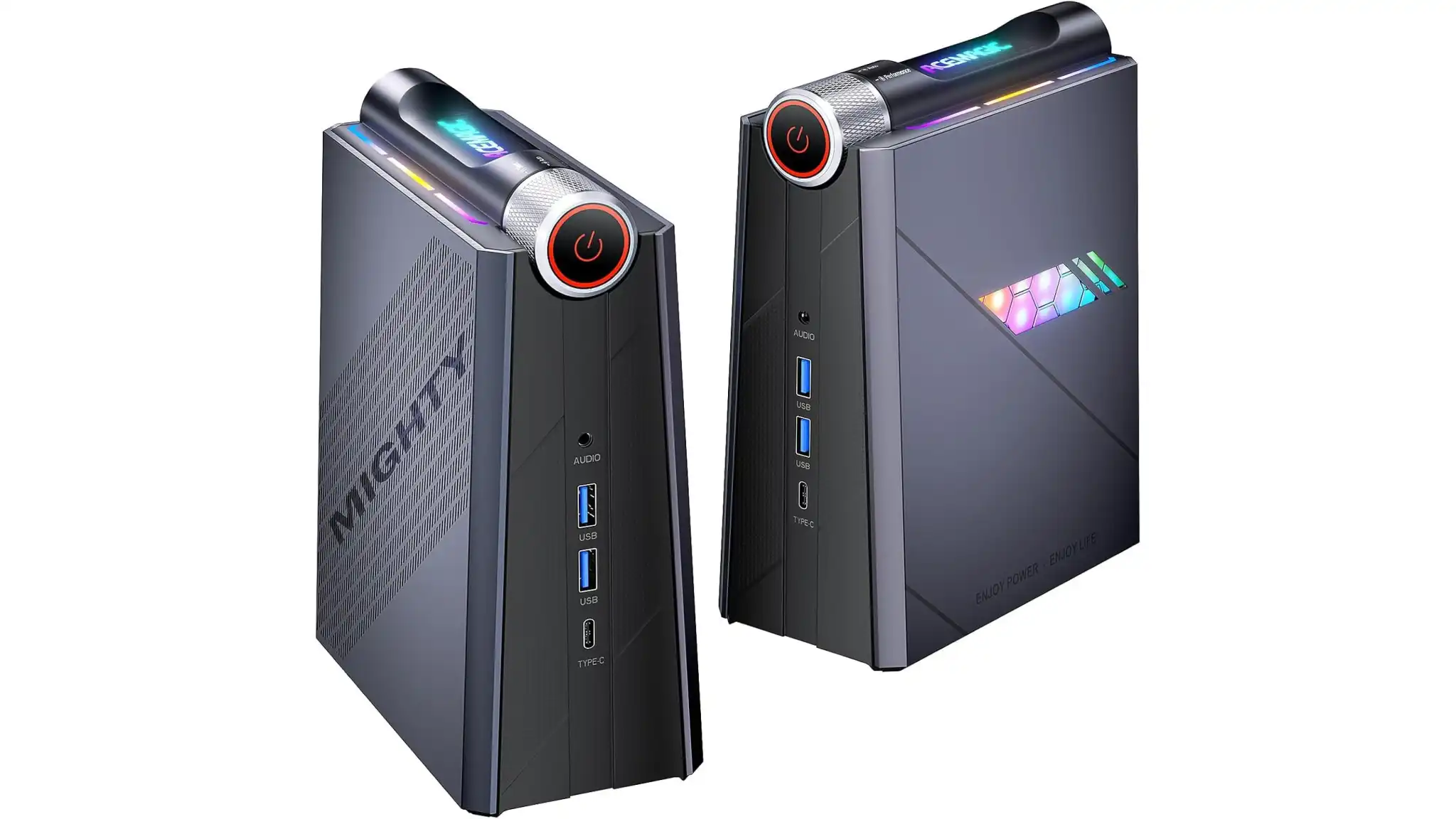
Nvidia is reportedly preparing to launch its first Arm-based APU designed for laptops, with the debut expected in partnership with Alienware sometime in late 2025 or early 2026, according to a report from The Verge. This marks a significant step for Nvidia as it looks to extend its reach beyond discrete GPUs and into the world of fully integrated computing platforms. The upcoming chip is described as an APU—short for “accelerated processing unit”—a design that merges a central processing unit (CPU) and a graphics processing unit (GPU) on a single die. This unified architecture allows for faster data exchange between the CPU and GPU, while also reducing power consumption and heat generation compared to discrete components.
The APU is reportedly being co-developed with MediaTek, a company known for its energy-efficient Arm-based chips in mobile and Chromebook devices. This collaboration suggests Nvidia is serious about balancing performance and efficiency, with the new APU expected to draw between 80 to 120 watts. That power profile places it well below typical gaming laptops powered by discrete Intel or AMD processors and Nvidia GPUs, potentially making it a strong fit for thin-and-light performance laptops without sacrificing too much graphical capability.
Perhaps most importantly, the chip will incorporate graphics based on Nvidia’s latest Blackwell GPU architecture, giving it a potential edge in both performance and AI-related tasks. If successful, the launch could mark a pivotal moment for Arm architecture in PC gaming—a market that has long been dominated by x86 systems from Intel and AMD. While Apple’s M-series chips have proven that Arm can compete in the performance space, particularly in creative workflows and battery efficiency, Nvidia’s APU could be the first to seriously challenge the x86 monopoly in gaming-oriented laptops.
Such a move could dramatically reshape the gaming laptop landscape, particularly if Nvidia and Alienware manage to deliver a compelling balance of performance, battery life, and thermal efficiency. Whether or not it will sway dedicated PC gamers remains to be seen, but it unquestionably signals that Arm-based solutions are starting to move beyond mobile devices and into the high-performance computing arena.




